Basudeb critiques John Galsworthy, one of the four playwrights of the Naturalistic School of 20th century drama. An exclusive for Different Truths.
John Galsworthy, Norwegian playwright, Henrik Ibsen, George Bernard Shaw and Granville-Barker belonged to the Naturalistic School of 20th century drama. John Galsworthy introduces social problems in his plays. The discussion he introduces in his plays is not aggressive like G.B. Shaw; on the contrary, Galsworthy tries to present social problems in his plays with a note of impartiality or bias.
The discussion he introduces in his plays is not aggressive like G.B. Shaw; on the contrary, Galsworthy tries to present social problems in his plays with a note of impartiality or bias.
The playwright seems to be withdrawn, dispassionate and impartial unlike G. B. Shaw. He presents certain social problem without any solution. He just delineates social problems. His plays are called “Problem Plays”. The question is whether a creative writer can make a water tight compartment between subjectivity and objectivity or not. Then what is the difference between the reporting in a newspaper and creative piece of writing? A newspaper reporter reports an event as it happens. He does not normally tinge the report with the “colour of his imagination”. A creative writer cannot ignore his subject or his own self while he presents something or any object for his writing in any literary genre.
John Galsworthy criticises the administration of justice and the contemporary prison system in his play, Justice”. Let me refer to two examples from the dramatic text: the non verbal communication of Falder in his solitary confinement, the concluding speech of Cookson “What a Man he is “. In this non verbal communication scene, the readers or viewers have a very dismal silent scene of the prison cell — the quietness being troubled only by the banging sound made by the convicts at the cell-doors. The sound represents the human spirit chafing under self-control and seeking liberty. By introducing these examples, the playwright tries to draw the sympathy of the audience in favour of Falder. These are the indirect hints with the help of which the playwright tries to impart a lesson to the audience.
Falder, an inconsequential clerk in one solicitor’s farm, forges a cheque to save a girl from her vicious husband. He is pursued by the hand of justice till he is done to death. He definitely commits something illegal.
Falder, an inconsequential clerk in one solicitor’s farm, forges a cheque to save a girl from her vicious husband. He is pursued by the hand of justice till he is done to death. He definitely commits something illegal. He is sent to solitary confinement in prison house. But he is not given any opportunity to correct himself. Even after serving out his term of penal servitude, he is not given any chance. When he comes out from the jail, he does not get any job. At last he once again forges a reference to find out a job for him. He once again goes to the jail. The arrangement of sequences often intersected by the dialogues is again imbued with the dramatist’s sympathy for the central character of the “Justice”. Falder creates an impression in audience a cumbersome machine humiliating a small fly, resulting in a tremendous waste in the mind of his times.
The most interesting this is after the staging of this play, the British government decides to amend the law pertaining to solitary confinement for the abolition of it. Galsworthy thinks “a drama must be shaped so as to have a spire of meaning. Every grouping of life and character has its inherent moral; and the business of the dramatist is so to pose the group as to bring that moral poignantly to the light of the day”. But the moral should not be obtruded. It should be exactly as we find in life. His lack of apparent participation and judicial annoyance enabled him to place before us the ethical in clear perspective. In placing this ethical his compassion with the human character rather than with a particular group is more obvious.
Galsworthy draws the picture of common place individuals fighting in effectually against social forces which ultimately overwhelm them. In the classical drama, there is the tragic irony that fate pursues human beings and ultimately overwhelms them; in Galsworthy’s dramas, social forces take the place of the classical fate. He deals with no heroes, but very commonplace individuals. And these individuals are so paltry and so commonplace that there is considerable waste in their being crushed under so ponderous a machine.
Galsworthy teaches the audience through the theatre performances of his plays. The Silver Box is a three-act drama that presents how a system that accommodates one kind of justice for poor people and another for the rich exist in a society.
Galsworthy teaches the audience through the theatre performances of his plays.
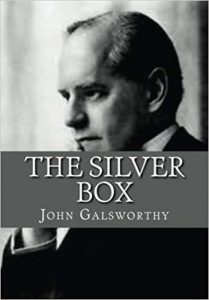
The Silver Box is a three-act drama that presents how a system that accommodates one kind of justice for poor people and another for the rich exist in a society. He presents this social as well as legal problem in this play and leaves this problem to his readers and audience to decide what to do and what not. He arranges the sequence of this event in such a manner that leads his audience to think that the system lacks mobility and legal system needs to be revised.
The dramatist draws the picture of common place individuals fighting ineffectually against social forces which ultimately overwhelm them. In the classical drama, there is the tragic irony that fate pursues human beings and ultimately overwhelms them; in Galsworthy, social forces take the place of the classical fate. He deals with no heroes, very commonplace individuals. And these individuals are so paltry and so commonplace that there is considerable waste in their beings crushed under so ponderous a machine.
Writing plays and arranging events in a naturalistic way for the theatre stage is Galsworthy’s teaching method.
Writing plays and arranging events in a naturalistic way for the theatre stage is Galsworthy’s teaching method.
In this context, let us refer to another play of Galsworthy. The Strife studies an industrial problem. On one side there is Anthony, the inflexible chairman of the Tin Plate Works, on the other side there is Roberts, equally unbending leader of the strikers. “No compromise!” cries Anthony; “No surrender!” cries Roberts. But it is not those two persons who manage the company and labour affairs, but it is some unseen presence which shapes their fortune. The strike continues for four months, and then Roberts’ wife dies of poverty and privation. Finally, the strike comes to an end on the very terms which were rejected by both sides four months back. Who is responsible for this loss and death? Anthony resigns from the chairmanship after almost half a century. He reduced himself to a pathetic figure.
In this play John Galsworthy presents the scale even between the two rival forces, Capital and Labour. Very tacitly the playwright hints at the fact that both are responsible for these indescribable sufferings of the workers. Like Roberts, Anthony is responsible for loss of the capital. Their unyielding attitude is responsible.
Galsworthy does not say anything directly that Anthony or Roberts is responsible but he arranges the sequences of events in a way that he looks impartial and totally withdrawn. The death of Roberts is pathetic.
Galsworthy does not say anything directly that Anthony or Roberts is responsible but he arranges the sequences of events in a way that he looks impartial and totally withdrawn. The death of Roberts is pathetic. The dramatists subtly pinpoints the fact of the death of his wife is meaningless and a total waste and doing this he influences the mindset of the contemporary theatre audience. The dramatist’s detachment and judicial temper enabled him to place before us the moral in clear perspective. In placing this moral his sympathy with the human character rather than with the particular group is more evident.
Photo from the Internet

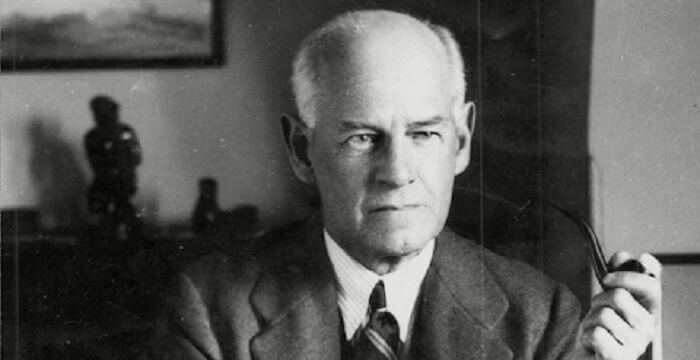

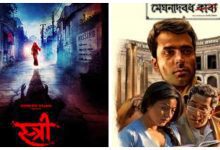

 By
By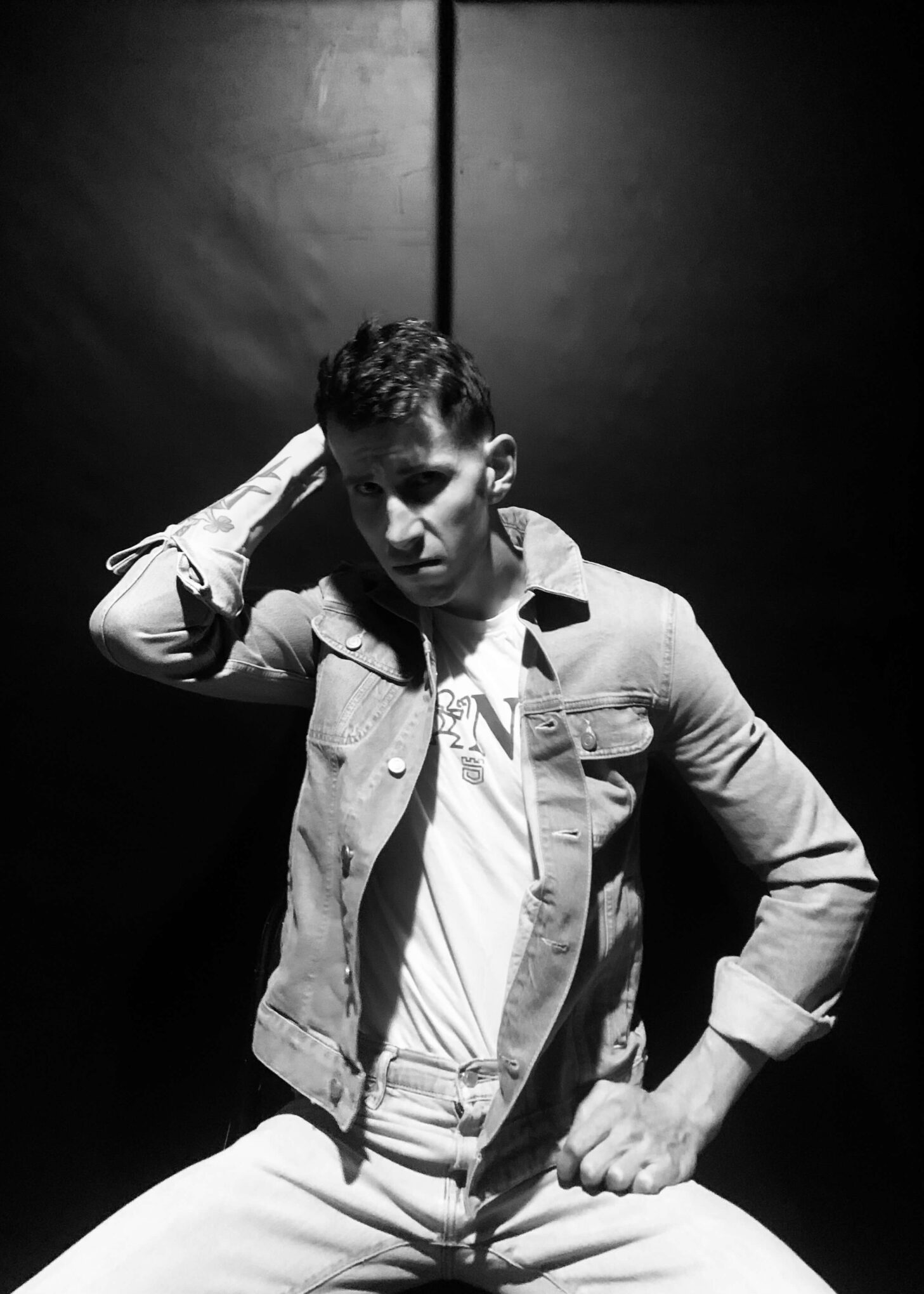
 By
By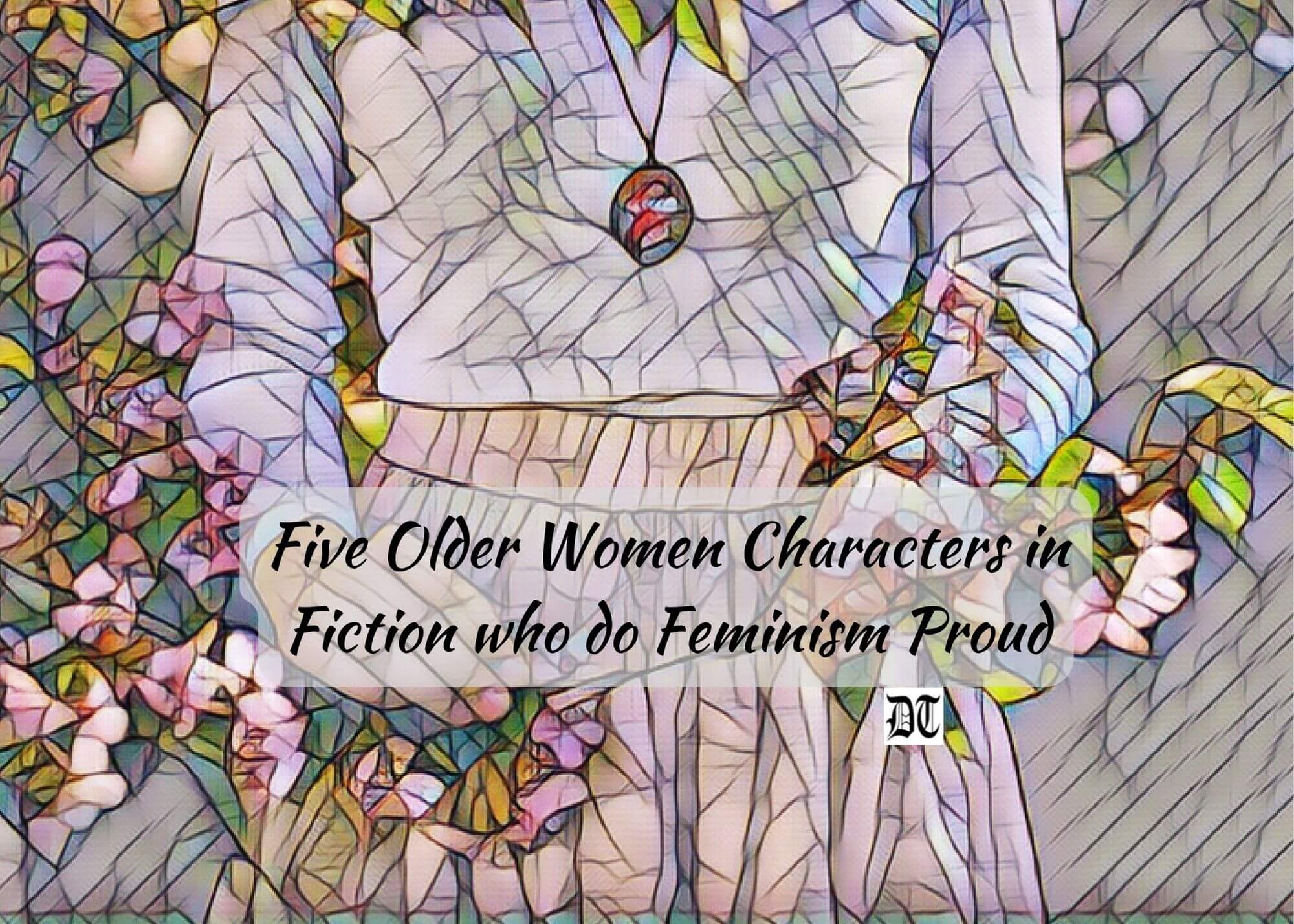

Very interesting analysis ! Must admit that I personally found Galsworthy quite heavy for one reason ; just too many characters that I just could not keep pace with! In this regard he was very similar to Tolstoy!